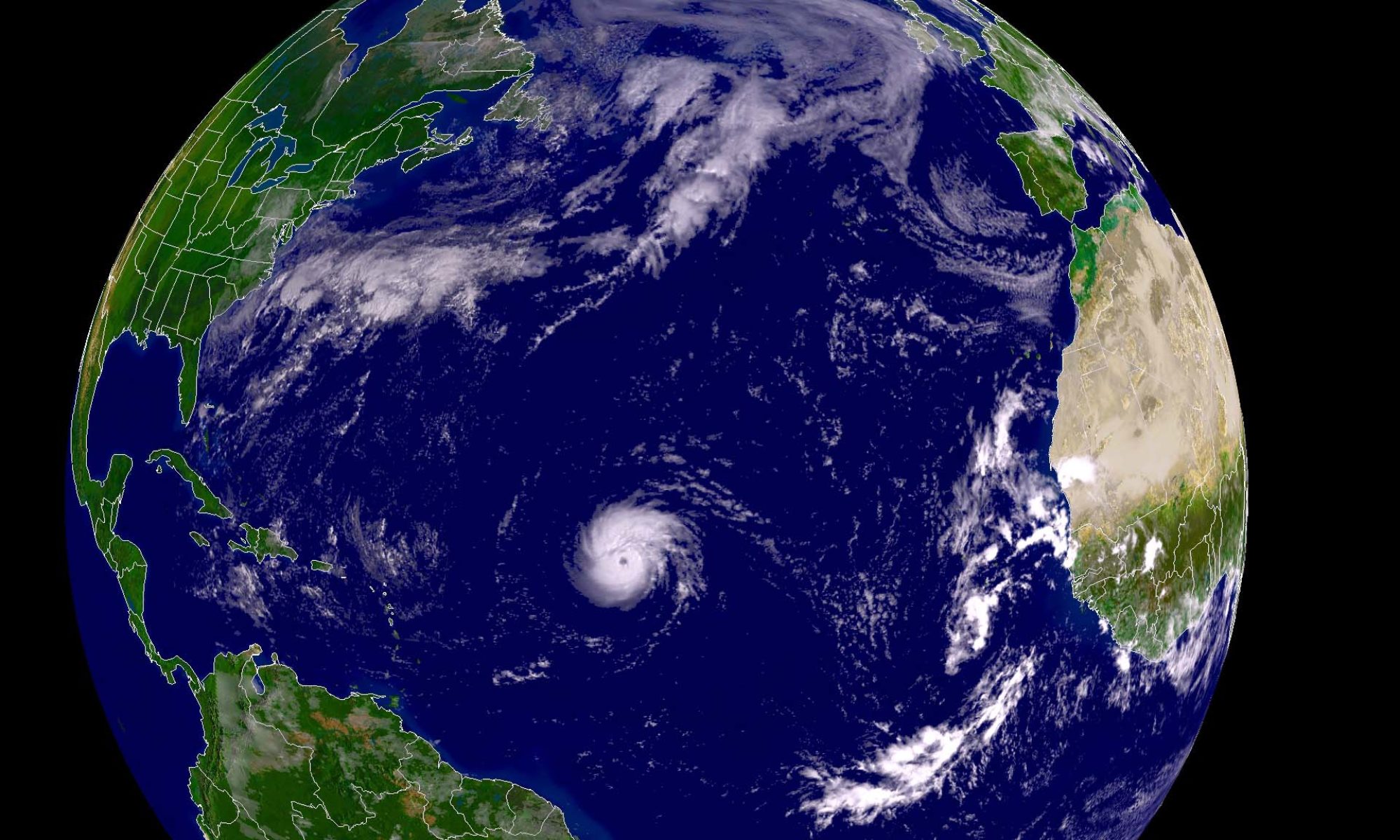Read in German.
I am proud to introduce the work of a unique class of high school students in Austria, under the guidance of two teachers, Hermann and Lenore (pictured left). They have spent their semester looking at different facets of the Fukushima disaster and preparing essays expounding on their reactions. They have relied heavily, but not entirely, on the work available on this site.
For the past 36 months this site, www.AkioMatsumura.com, has focused on the Fukushima Daiichi disaster and provided expert scientific, medical, and political commentary to better understand the implications of an ongoing nuclear issue. We have connected nuclear experts, diplomats, medical experts, and power plant technicians in order to provide a complete picture. In other words, we see the importance of establishing horizontal connections between professions, rather than limiting our perspective to one area of expertise.
The Fukushima disaster is only one example of why we need to Find the Missing Link. Before this I worked to stem religious conflict, create political unity in Asia, and create global environmental awareness.
To me, finding the missing link is discovering solutions to the gaps that exist between the silos of our vertical thinking. What problems do we face that we had never anticipated, or at least not discussed appropriately? Fukushima is certainly one.
A pivot to true horizontal thinking – connecting groups and fields otherwise unconnected – is the only viable approach to resolve the issues we will face throughout the 21st century.… Continue reading




